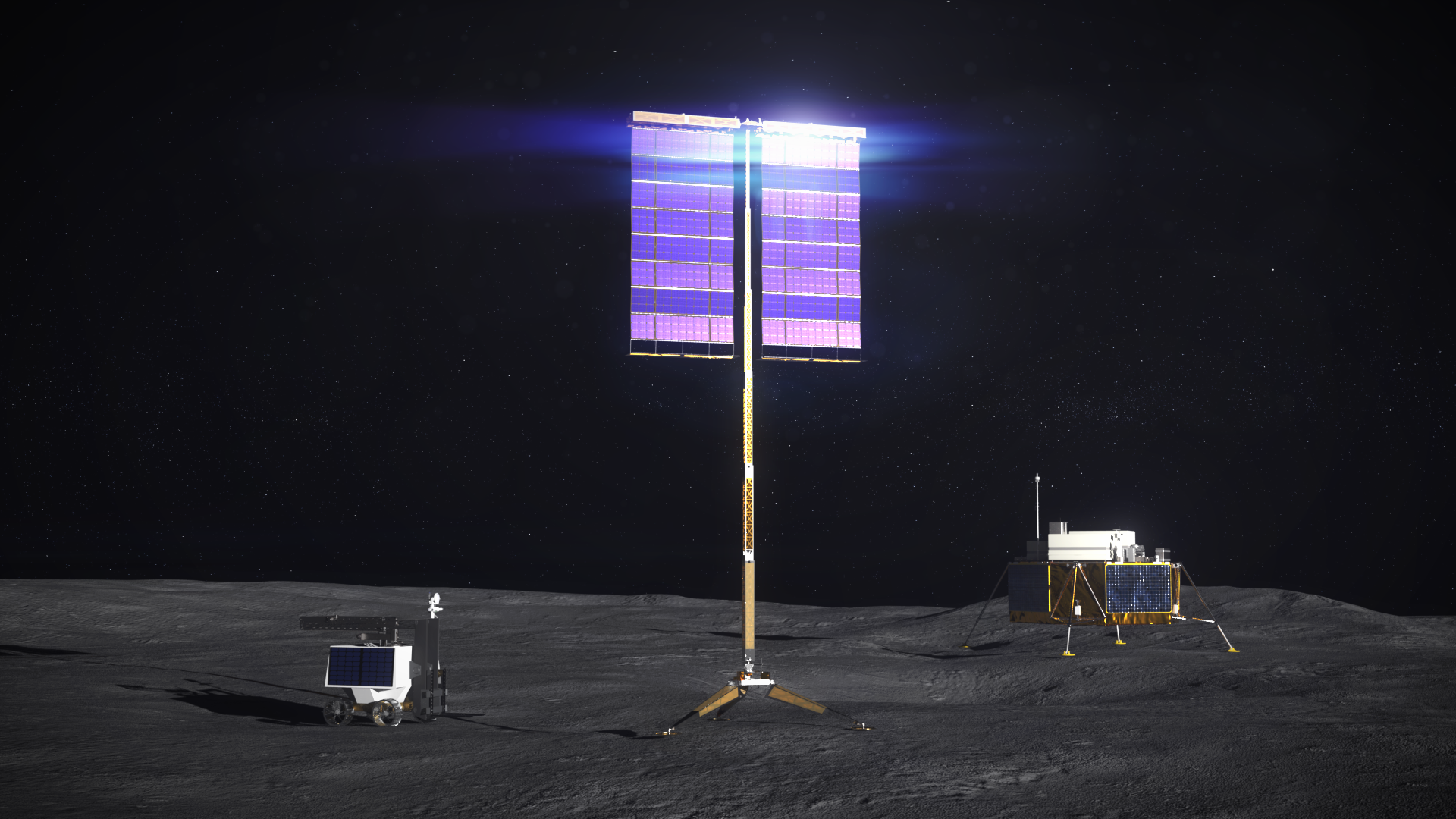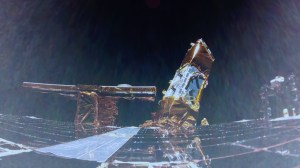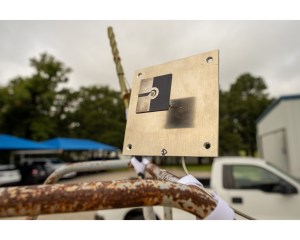NASA is working with commercial companies to mature vertically deployable solar array systems for the lunar surface.
NASA is working with commercial companies to mature vertically deployable solar array systems for the lunar surface.
The Artemis program will return NASA to the Moon and establish a sustainable presence at the lunar South Pole. A reliable, sustainable power source would support lunar habitats, rovers, and even construction systems for future robotic and crewed missions. The agency has selected five companies to design solar array technologies that can autonomously deploy up to 32 feet high and retract for relocation if necessary.
“We are thrilled with the proposals received and even more excited to see the designs that result from the base effort,” said Niki Werkheiser, director of technology maturation in NASA’s Space Technology Mission Directorate (STMD). “Having reliable power sources on the Moon is key to almost anything we do on the surface. By working with five different companies to design these prototype systems, we are effectively mitigating the risk that is inherent to developing such cutting-edge technologies.”
NASA selected the following companies for base period contracts to complete their vertical solar array designs and conduct analysis.
- Astrobotic Technology, Pittsburgh
- ATK Space Systems (Northrop Grumman), Goleta, California
- Honeybee Robotics, Brooklyn, New York
- Lockheed Martin, Littleton, Colorado
- Space Systems Loral (Maxar Technologies), Palo Alto, California
In addition to autonomous deployment of 30-foot masts, the designs must remain stable on steep terrain, be resistant to abrasive lunar dust, and minimize both mass and packaged volume to aid in the system’s delivery to the lunar surface.
At the end of the 12-month fixed-price base contracts, valued at up to $700,000 each, the companies will provide NASA their system designs, analysis, and data. The agency plans to down select up to two companies and provide additional funding, up to $7.5 million each, to build prototypes and perform environmental testing, with the ultimate goal of deploying one of the systems on the Moon’s South Pole near the end of this decade.
Existing space-rated solar array structures and deployment systems are designed for use in microgravity or horizontal surface deployment. The vertical position and height of these new designs will help prevent loss of power at the lunar poles where the Sun does not rise very far above the horizon. When low-angled light hits rocky formations like hills and slopes in these areas, it casts a shadow over the surface. The shadows can block horizontally structured solar arrays from obtaining light. A tall vertical solar power structure would increase the likelihood of getting uninterrupted light.
“These solar power designs could help enable continuous power for Artemis lunar habitats and operations, even in areas that are shaded by rocky features,” said Chuck Taylor, who is leading vertical solar array development at NASA’s Langley Research Center in Hampton, Virginia.
According to Taylor, by exploring ways to make solar arrays more efficient when they encounter lunar shading, NASA is driving possible applications on Earth. Home and business owners could benefit from adapted designs that increase the efficiency of rooftop solar arrays that are occasionally shaded due to trees or tall buildings.
The contracts are part of the agency’s Vertical Solar Array Technology (VSAT) project, which aims to support NASA’s long-term lunar surface operations. VSAT is led by STMD’s Game Changing Development program and Langley in collaboration with NASA’s Glenn Research Center in Cleveland.






























